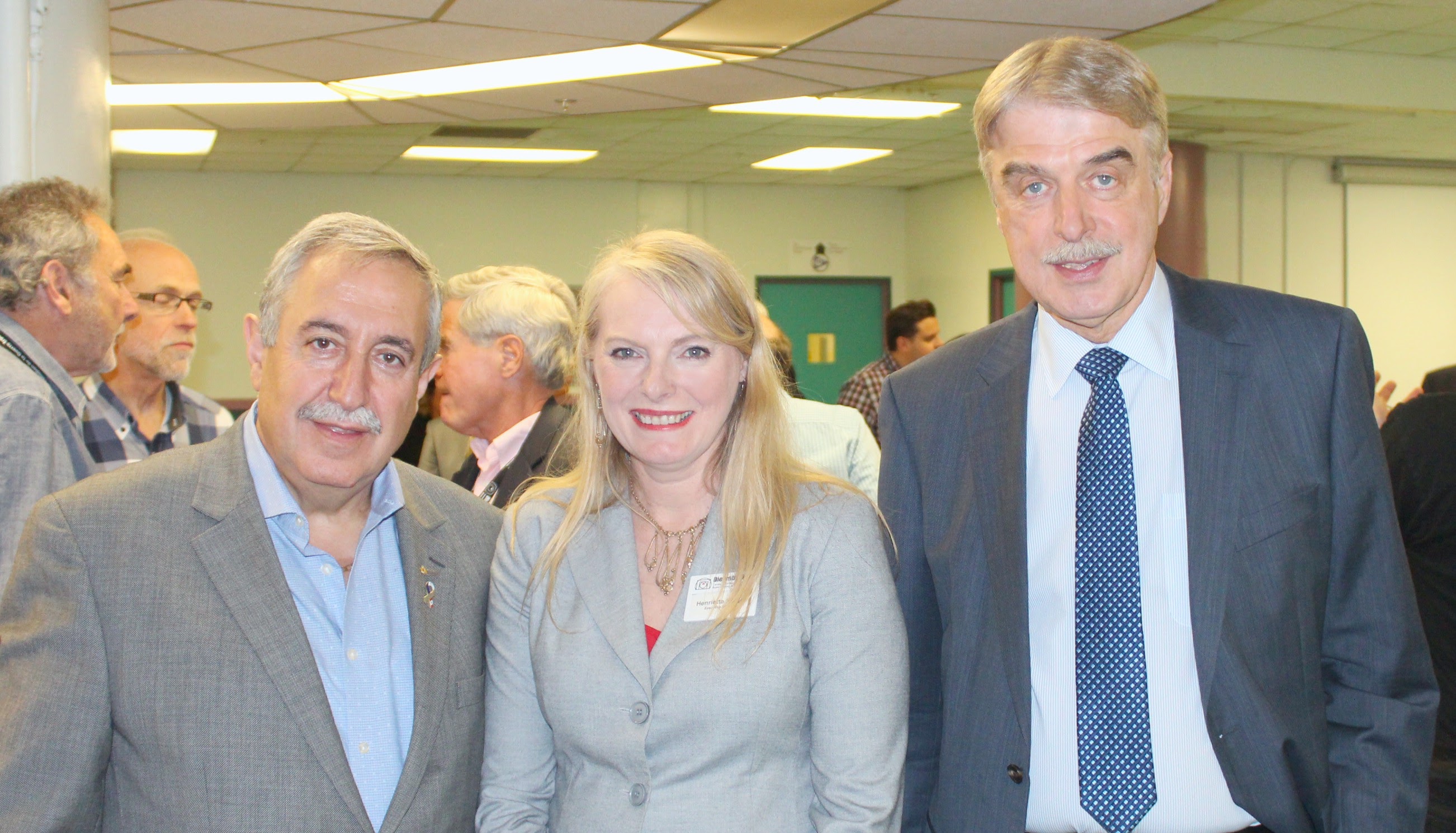
Interview with Henriette Riegel
Henriette Riegel, Executive Director at the Diefenbunker Museum, ON, is the daughter of German immigrants to Canada. She was born in England and moved to Canada as a child. Her father is a retired German professor, so the family spoke German at home and visited Germany often. She did her doctoral research at the Freilichtmuseum in Gutach, and later worked at the EXPO2000 before moving to Berlin.
Henriette shared with SoGerman what it means to run a museum and how it is to have an underground office.
Q: How long have you been working at the Diefenbunker Museum?
A: I’ve been the Executive Director of the Diefenbunker for 4.5 years now. It’s been a very exciting time of rapid growth for the museum. Guided by a new vision of teaching young people the lessons of the Cold War, we have managed to double our attendance (we will reach 70,000 visitors in 2016) and won several awards for our work. It’s very motivating to be able to work in a creative and free environment and to implement your own ideas with your colleagues and the community. I’m very lucky to be able to do this, and to combine my own interests and background with my museological training.
Having seen a divided Germany as a child when I visited my grandmother in West Berlin, and later on living in the former Eastern neighborhood of Friedrichshein, my own personal history lends itself well to interpreting a Cold War bunker. The Fall of the Berlin Wall was such a significant moment in our recent history, and there are so many lessons to learn about civilian courage that we can pass on to the next generation.
Q: What are your daily tasks as the Diefenbunker Museum’s executive director?
A: Running a community museum like the Diefenbunker means that we all do a variety of tasks every day. My job is a little bit of everything, from administrative work to opening exhibitions. My tasks range considerably from day to day. One day, I gave a radio interview about the toilets at the museum, another, I went with our Curatorial Manager to visit our Artist-in-Residence’s studio to see the progress of her 8-foot welded steel sculpture. I have a lot of meetings with members of the community, partners, staff, and I prepare reports for funders, my board, and our members. In the fall, we all get to dress up as zombies and scare visitors. It’s an exciting job with a lot of scope for creative work. There are also a lot of practical jokes that we play on each other. We have a figure in a hazmat suit and a gas mask that turns up unexpectedly in various offices.
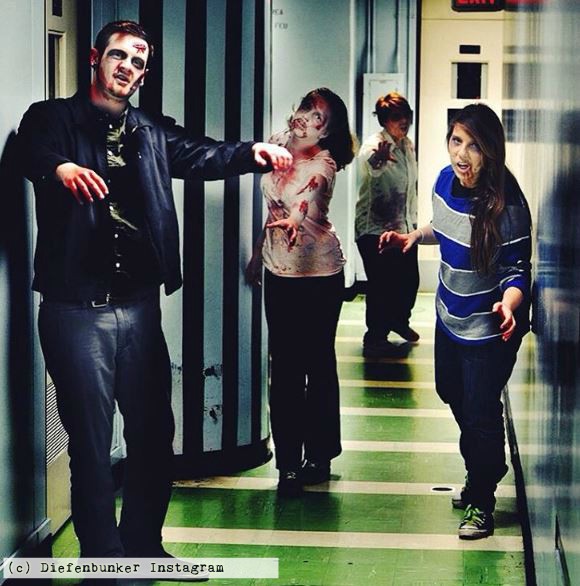
Q: What’s the best part of having your office underground?
A: Our staff offices are on the top floor of the four-story underground bunker, so only about 15 feet underground (the lowest floor is about 80 feet underground.) What I like is the camaraderie that exists between the team members, and we are often in and out of each other’s offices. Our Curatorial Manager hung beautiful large-scale photographs in our offices and communal areas, so it’s wonderful to be surrounded by art. We have a fantastic team, so going to work is always fun – you never know who baked something delicious for all of us to try! The Museum is located in the rural community of Carp, and there is an excellent café, restaurant and an ice cream shop, so it’s always possible to go for a coffee and see what the weather is like outside.
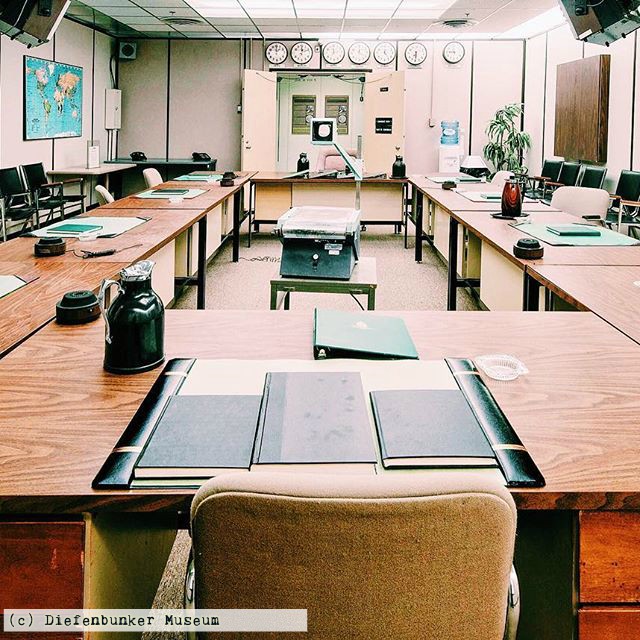
Q: The Diefenbunker is the first museum outside of Berlin to host the exhibition “The Cold War: Causes – History – Impact” – can you tell us how the exhibition came to Canada?
A: We were contacted by the German Embassy if we would be willing to host this exhibition, and we jumped at the opportunity. It’s an excellent and well-balanced exhibition that gives new perspectives on the Cold War, especially the global implications, and we wanted to be able to tell this story to our visitors. We had worked with the Embassy before in 2014, and it was a fantastic partnership; indeed, together with the Embassy, we were finalists at the Ottawa Tourism Awards for Partnership of the Year. We were delighted to work with the Embassy again. During Ambassador Wnendt’s speech at the vernissage, he mentioned that in 1989 people believed that there would be no more war, and the ensuing years have shown that this has not been the case. It’s our duty to keep working towards a peaceful future. These words had great resonance with us at the museum, as we want to keep educating young people about the lessons that can be learned from the Cold War, especially the value and impact of non-violent civilian demonstrations and conflict resolution.
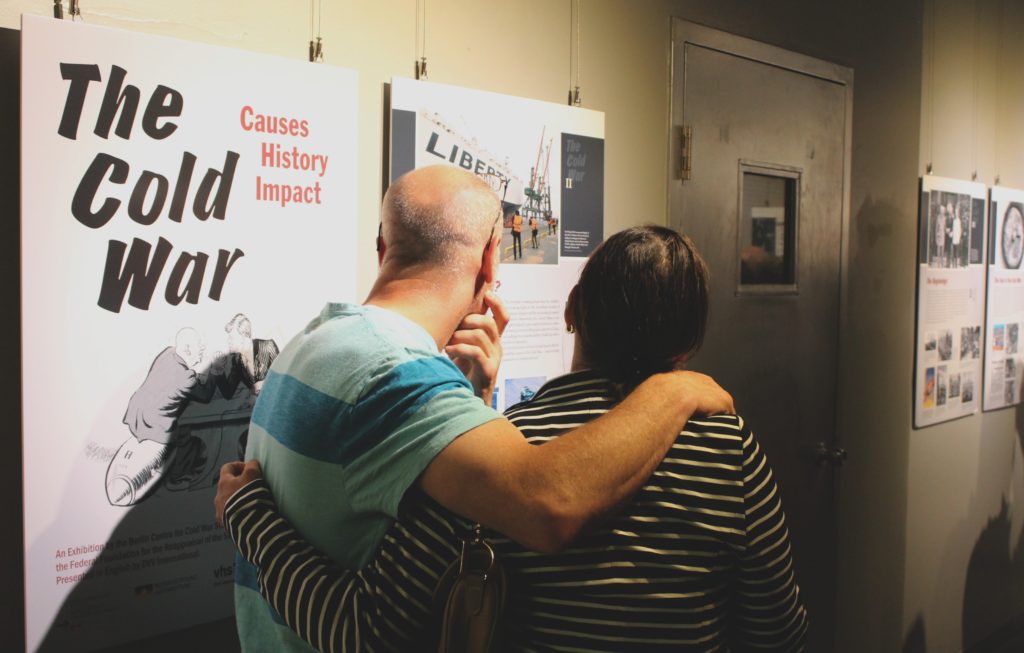
Q: What top secret about Diefenbunker can you share with us?
A: There were activities and documents created in the past when the Diefenbunker was an operating military facility (known as Canadian Forces Station Carp) that are still classified. Some of our volunteers worked then and won’t tell us anything! The other heavily guarded secret is who has drawn whom for our Secret Santa during the holidays. We each draw a name and receive a sealed envelop at our desk. In it is the name of the person you must buy three small gifts for each week for three weeks, and that person cannot know that you are their Secret Santa. We all use our best spy skills to hide our identities, but the some staff also go to great efforts in keeping charts of all activities and they try to guess.
Q: What can visitors expect when they come to the Diefenbunker Museum?
A: Visitors can expect to see a variety of reconstructed rooms and spaces from when the Diefenbunker was in operations. We also have a floor of permanent and temporary exhibitions, which change a few times a year. With a year-round calendar of events, there is always something new to experience at the museum. We have concerts, films, art shows and plays. In the fall we have zombie tours, so visitors can be guided through a dark museum and if they are lucky they get to be chased by zombies. We also offer Escape Rooms in the evenings, so your team and you can solve problems and try to save the world from a nuclear Armageddon. At Easter, you can wander through the 100,000 square foot facility with your kids and look for Easter eggs. You can also participate in our whisky or beer tastings. Children can do scavenger hunts, school programs, or Spy Camps. Some people get married in the Diefenbunker. Our Marketing and Business Development Manager has just built a giant Jenga game, which will be fun to play. And now we have a knitting group that meets in the evenings, called the Knuclear Knitters. So there really is something for everyone – even for claustrophobics, they can wander around our external site on our Archaeology Tour.
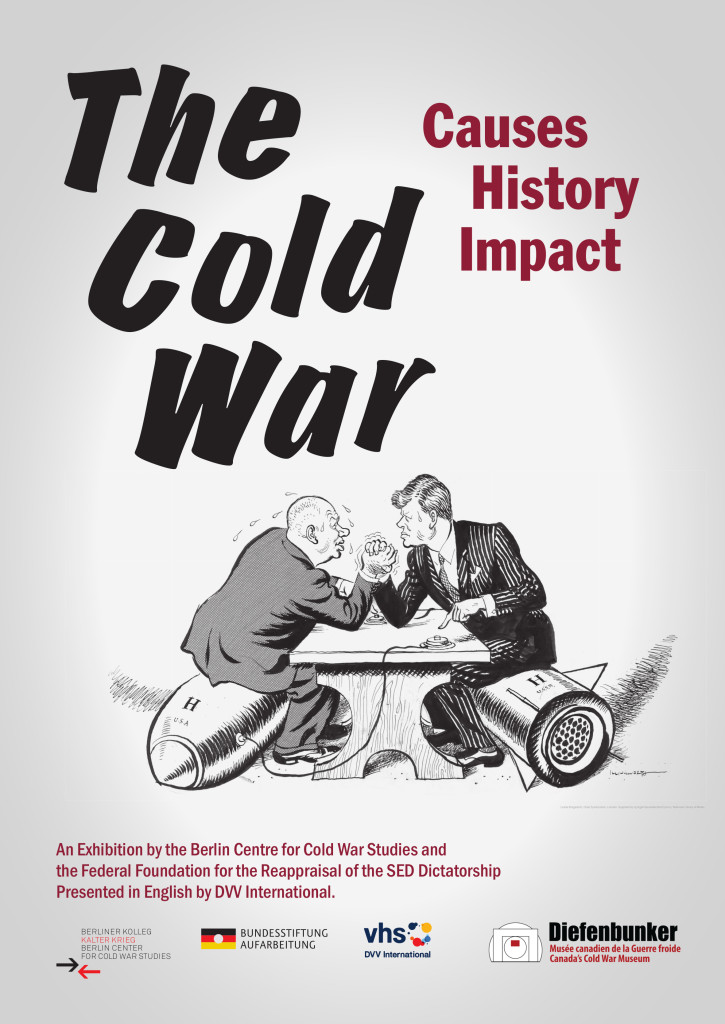
Find out more about the exhibition here. It will continue until Sunday, Aug. 28, 2016.